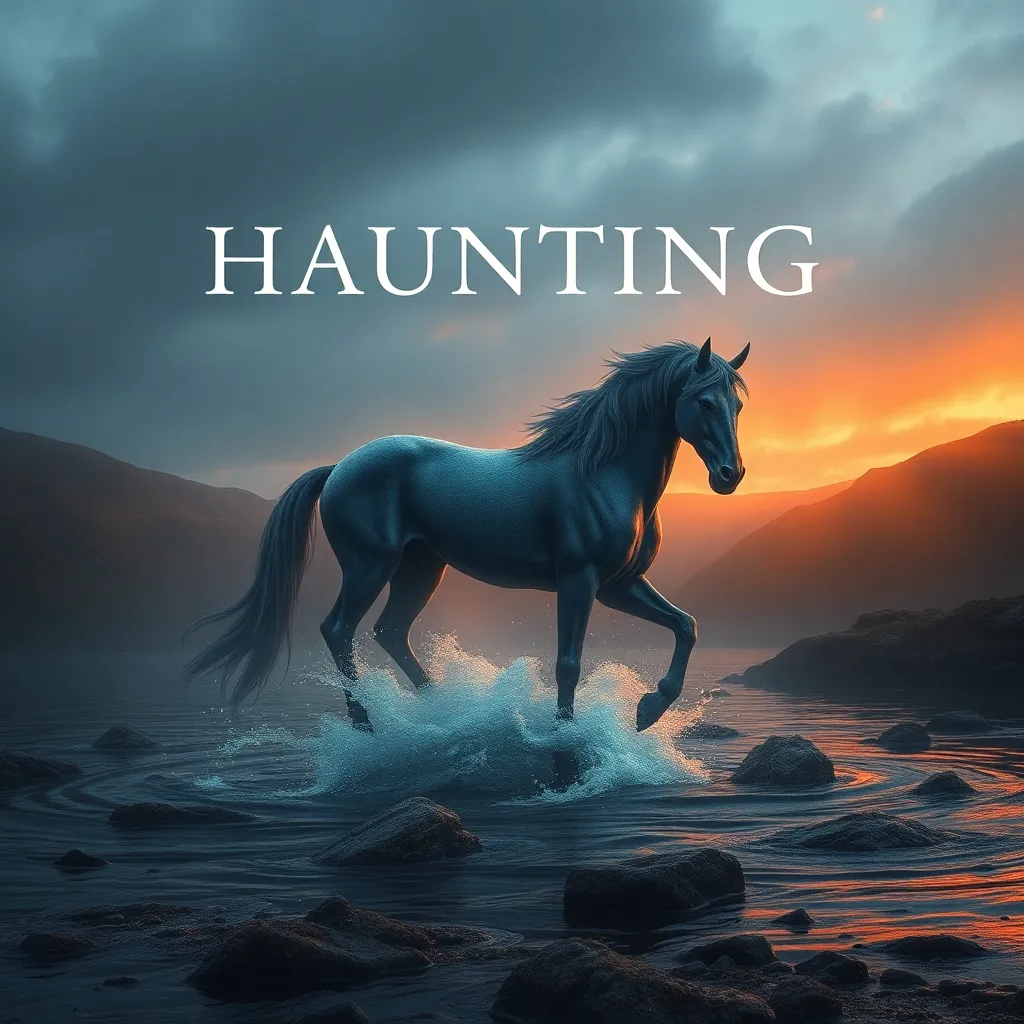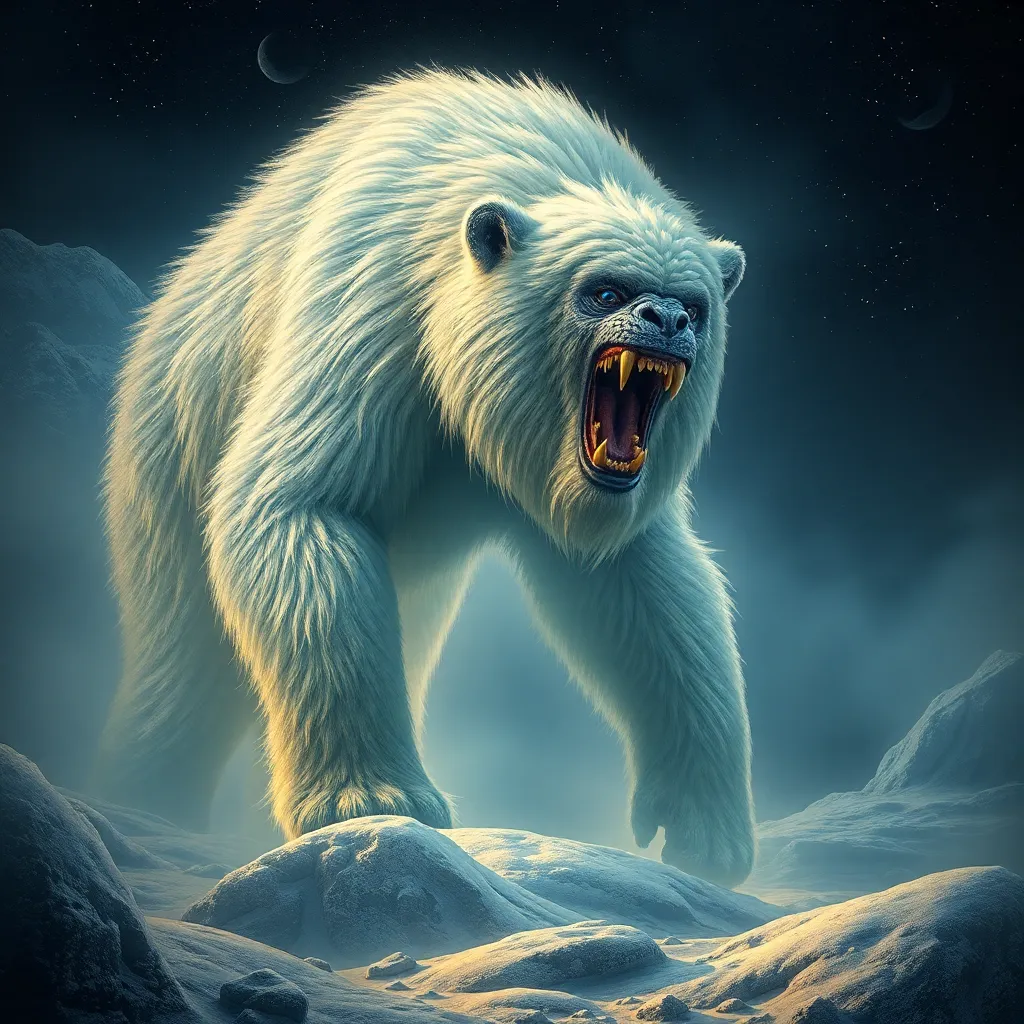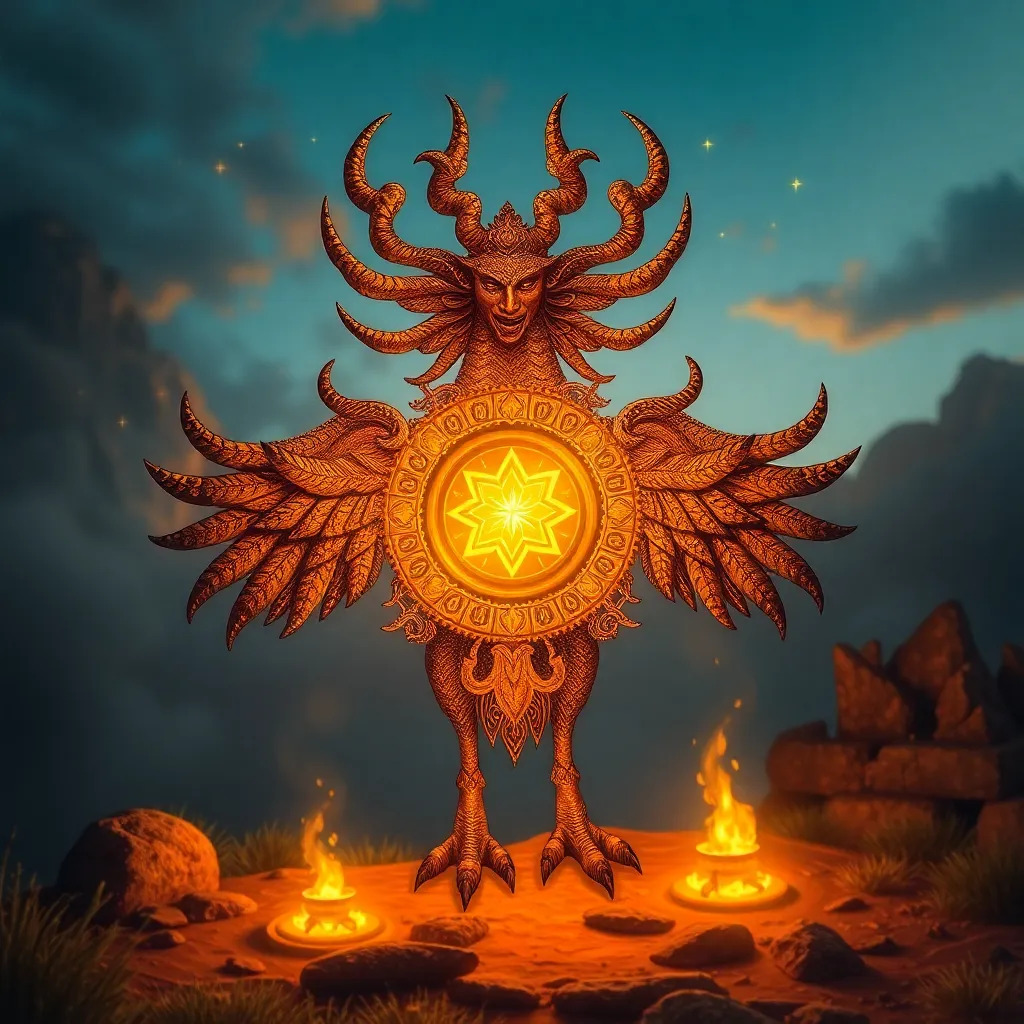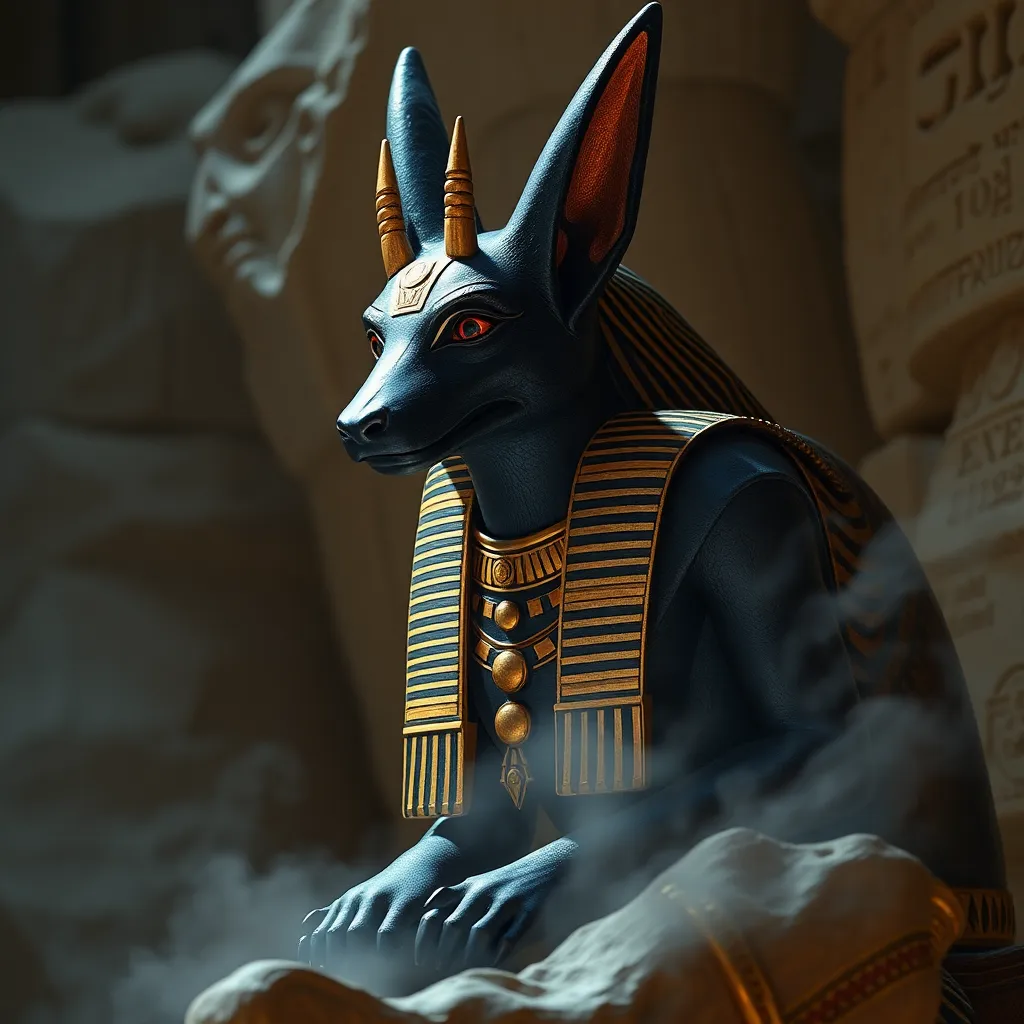The Kelpie’s Haunting: Tales of Encounters in Scottish History
I. Introduction to the Kelpie Myth
The Kelpie is a fascinating and enigmatic creature rooted deep within Scottish mythology. Often depicted as a water spirit, the Kelpie is known for its ability to shape-shift, luring unsuspecting victims to watery graves. These mythical beings have played a significant role in Scottish folklore, serving as cautionary figures and embodiments of the wild and unpredictable nature of water.
This article aims to explore the origins, characteristics, and cultural significance of the Kelpie. By examining notable encounters and the psychological impact of these tales, we will uncover the Kelpie’s place in both historical and modern contexts.
II. Origins of the Kelpie Legend
The Kelpie legend has its roots in the rich tapestry of Scottish culture and history. This mythological creature is believed to have originated from ancient Celtic beliefs, where water was often associated with the supernatural.
Early references to Kelpies can be found in Scottish literature and oral traditions, such as the works of Sir Walter Scott and various ballads sung by generations of Scots. These stories often depict Kelpies as malevolent beings that would lure people, particularly children, to their doom.
Over time, the Kelpie myth has evolved. What started as a fearsome water spirit has, in some narratives, transformed into a more benevolent creature, reflecting changing attitudes towards nature and the environment.
III. Physical Characteristics and Abilities
The Kelpie is often described as a beautiful horse with a sleek black or dark blue coat. However, it can also appear as a human, often taking on the guise of a handsome young man. This duality is central to the Kelpie’s ability to lure its victims.
- Appearance: Often depicted as a horse, the Kelpie can also transform into human form.
- Transformation Abilities: Kelpies can shift between their horse and human forms, using this skill to deceive and entrap.
- Connection to Water: Kelpies are intrinsically linked to bodies of water, such as rivers and lochs, where they often dwell.
The Kelpie’s transformation abilities serve as a metaphor for the deceptive nature of appearances and the dangers that lie beneath the surface of calm waters.
IV. Notable Encounters and Tales
Throughout Scottish history, numerous tales of Kelpie encounters have emerged, each adding to the creature’s mystique. Some of the most famous stories include:
- The Tale of the Lost Child: A child, drawn by the allure of a beautiful horse by the river, is never seen again, believed to have been taken by a Kelpie.
- The Kelpie of Loch Ness: Some legends suggest that Nessie, the famed Loch Ness Monster, is a form of the Kelpie, blending local folklore with modern myth.
- Regionally Varied Stories: Different areas of Scotland have their own variations of Kelpie tales, from the Shetland Islands to the Highlands, each adding unique elements to the overarching myth.
These encounters often illustrate common themes, such as the dangers of temptation, the unpredictability of nature, and the consequences of straying too close to the unknown.
V. The Psychological Impact of Kelpie Encounters
The Kelpie myth has left a profound psychological impact on local communities, serving as both a source of fear and fascination. The stories of Kelpies have often been utilized as cautionary tales, warning children and adults alike of the dangers posed by water.
- Fear and Fascination: Kelpies evoke a mix of dread and intrigue, captivating the imaginations of those who hear their tales.
- Cautionary Tales: Many stories serve as moral lessons about the perils of temptation and the importance of heeding warnings about dangerous waters.
- Psychological Interpretations: Scholars suggest that these legends can be interpreted as reflections of human fears regarding the uncontrollable elements of nature.
VI. The Kelpie in Modern Culture
In contemporary society, the Kelpie continues to capture the imagination through various forms of literature, media, and art. The creature is frequently represented in:
- Literature: Modern authors draw on the rich tapestry of Kelpie myths to create new stories that resonate with today’s audiences.
- Art: Visual artists often depict Kelpies in paintings and sculptures, exploring the duality of beauty and danger.
- Popular Culture: Films and television shows have incorporated Kelpie legends, further cementing their place in modern storytelling.
The enduring legacy of the Kelpie myth speaks to its significance in understanding human nature and our relationship with the natural world.
VII. Preservation of Kelpie Folklore
Efforts to document and preserve Kelpie stories are essential for maintaining this rich aspect of Scottish heritage. Various initiatives have focused on:
- Documentation: Scholars and folklorists work to collect and archive stories from oral traditions.
- Oral Tradition: Storytelling remains a vital part of keeping the Kelpie myth alive, as communities share tales across generations.
- Folklore’s Importance: Understanding folklore is crucial for cultural identity, teaching lessons about history, morality, and human experience.
VIII. Conclusion: The Kelpie’s Lasting Haunt
In conclusion, the Kelpie holds significant importance in Scottish history and culture. As a symbol of the dangers associated with water and the unknown, the Kelpie embodies the balance between awe and fear that the natural world inspires. The allure of myth and folklore continues to resonate in modern society, reminding us of the stories that shape our understanding of the world.
The Kelpie remains a haunting figure, a testament to the enduring power of legend and the human imagination. As we navigate the complexities of reality and myth, we find that the stories of Kelpies will continue to inspire and intrigue for generations to come.




